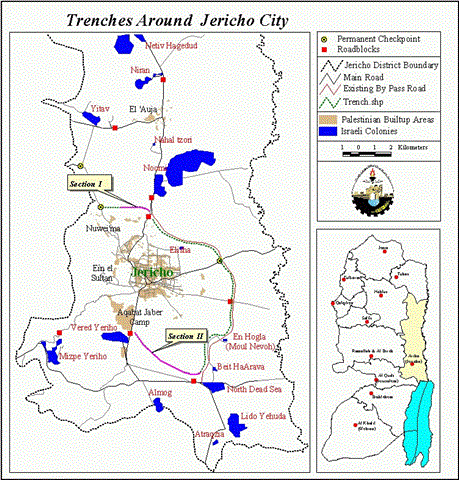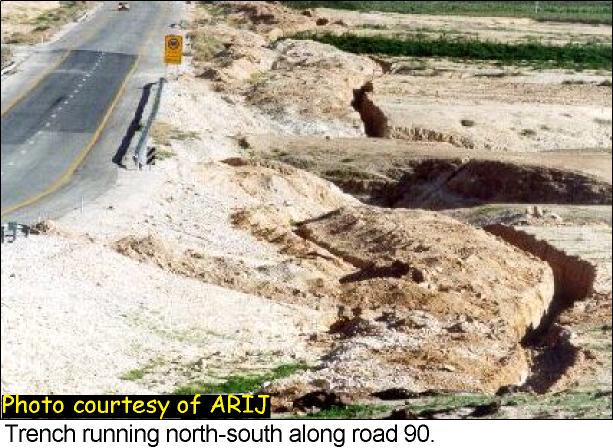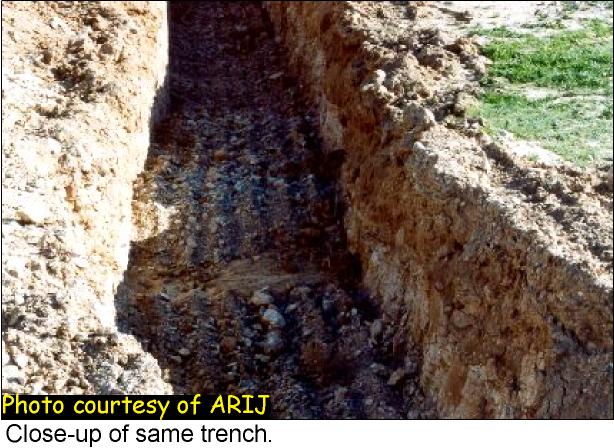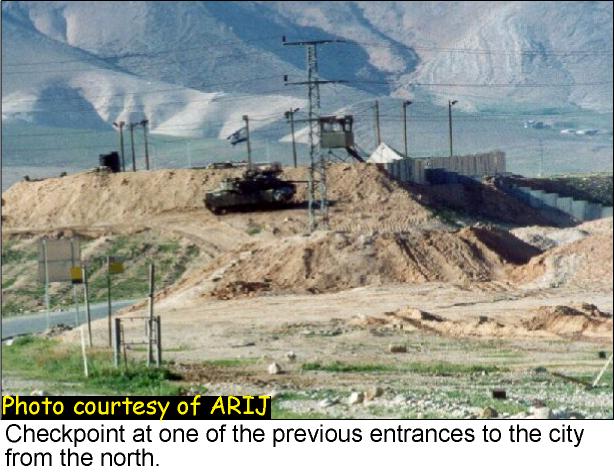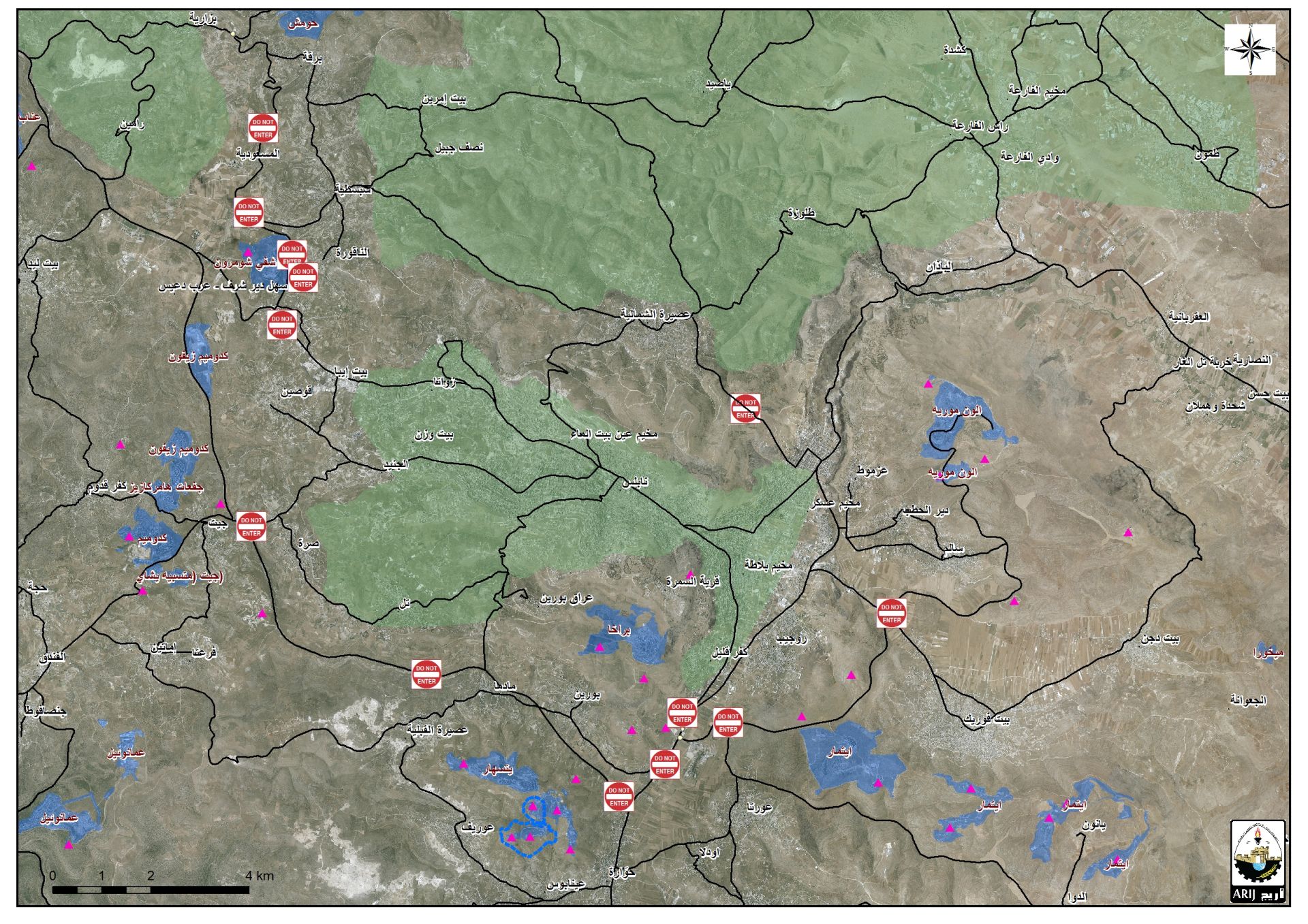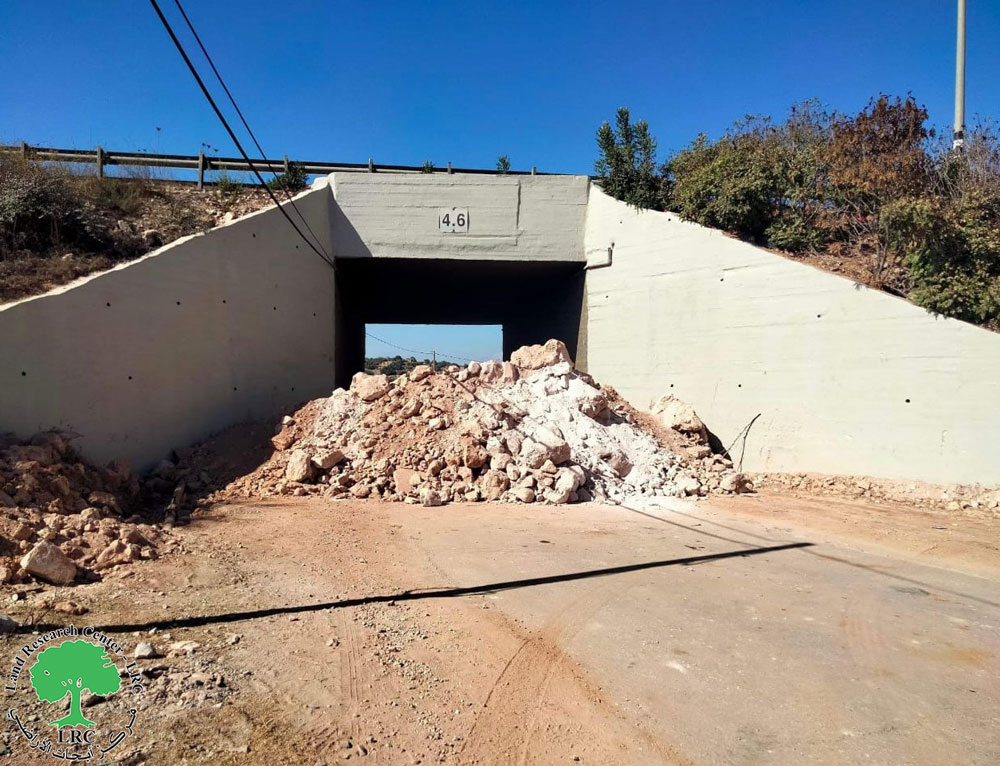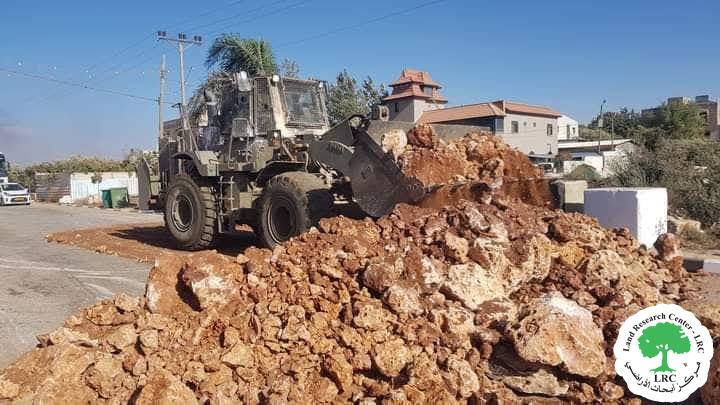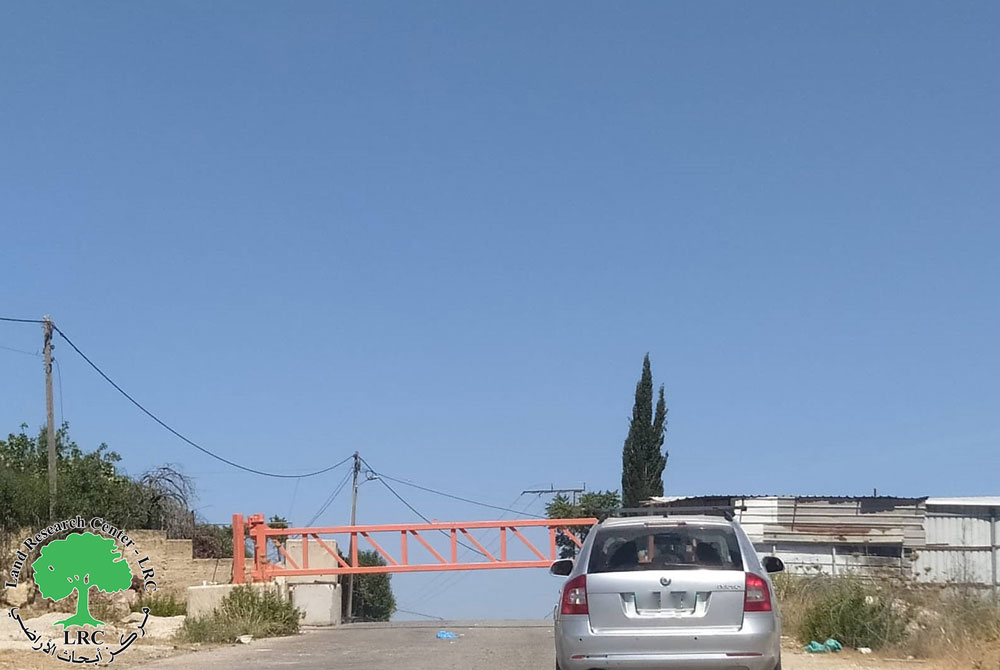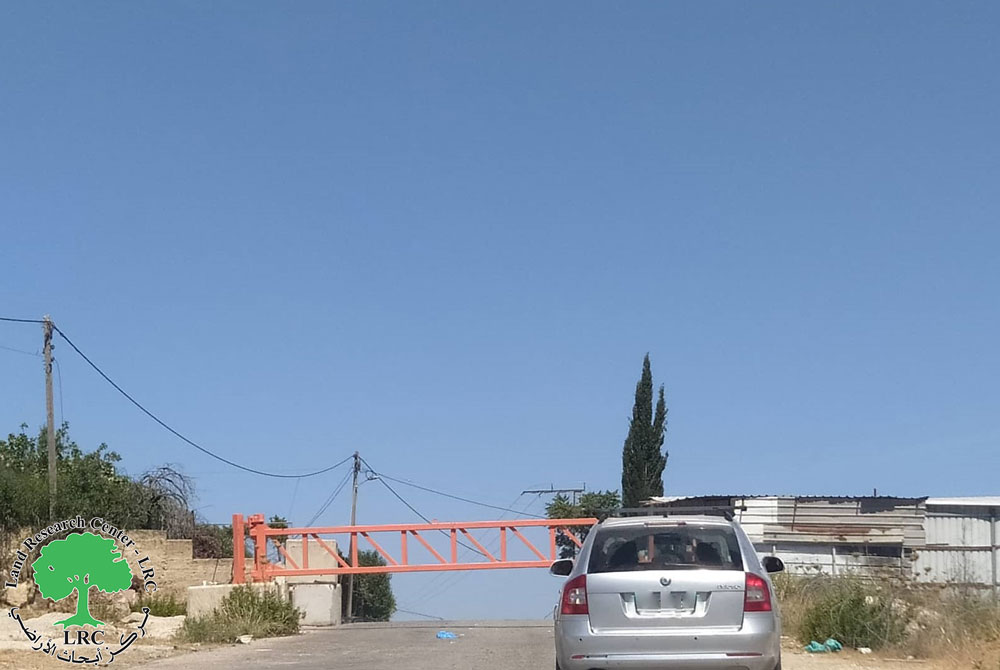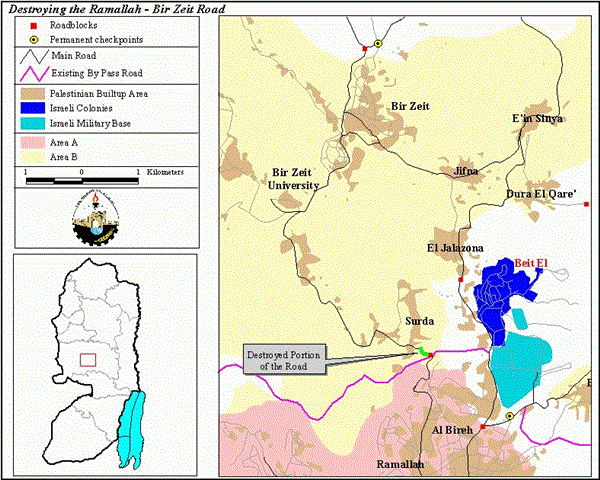The city of Jericho lies in the Jordan Valley, 10 km northwest of the Dead Sea and 7 km to the west of the Jordan River; see map. It is considered by many to be both the oldest city in the world (dating from 7,000 BC) and the lowest city on earth (250 m. below sea level). While it has a desert climate, its abundant water sources give it the character of an oasis. It is this character which makes the area around Jericho the bread basket of the West Bank. As elsewhere in the West Bank, however, the water resources of the Jordan Valley are controlled by the Israelis and the Palestinians are severely restricted from benefiting them. . It is considered by many to be both the oldest city in the world (dating from 7,000 BC) and the lowest city on earth (250 m. below sea level). While it has a desert climate, its abundant water sources give it the character of an oasis. It is this character which makes the area around Jericho the bread basket of the West Bank. As elsewhere in the West Bank, however, the water resources of the Jordan Valley are controlled by the Israelis and the Palestinians are severely restricted from benefiting them.
Jericho City, along with Gaza, were the first territories returned to the control of the Palestinians under the Oslo I agreement signed on May 4, 1994. It was thus one of the first cities to experience the new phase of Israeli occupation that emerged during the peace process, characterized by the cantonization of isolated Palestinian autonomous areas surrounded by Israeli military control. Since the beginning of the recent intifada in late September, the Palestinians have suffered the tightening of the occupation on their communities and the disintegration of economic, political, and social life.
The Israeli government has not ceased to develop new ways to enforce their siege on Palestinian autonomous areas. Since mid-February 2001 Jericho has been the victim of a new strategy that some Israeli authorities claim may be adapted to other Palestinian cities if they are pleased with its use in Jericho. A trench that is two meters deep and almost as wide has been dug around the city; see map . The trench runs along road 90 on the east side of the city then cuts west in order to seal off Jericho to the south. There is also a segment to the north of the city; see photo 1, , photo 2. Because the Israeli military restricted data collection, the location of two sections of the trench must be approximated. These sections are designated in purple in map 1. According to the Israeli army, Jericho was chosen as a test case since it is relatively isolated and surrounded by open territory, which made it easier to dig the trenches.
Until recently, there were three main passages into and out of Jericho, all three of which were guarded by Israeli checkpoints. However, makeshift dirt roads had been made by the Palestinians in order to leave the city by avoiding the checkpoints. These routes are eliminated by the new trench; see photo 3 . Furthermore, one of the three main roads has been completely sealed by large concrete blocks and Palestinians rarely are allowed through the heavily guarded checkpoint on the north side of the city; photo 3.
This leaves one road to the south for Palestinians to use for entering or exiting the city. This remaining passage may be closed at the whim of the occupying forces, leaving Jericho completely isolated. The trench is deep enough to make it very difficult to cross on foot for even the most physically able of people. There remain openings to the city to the west through the mountains for those willing to make a long hike on foot or pack animal. But this means of travel is difficult, not all together safe, and certainly completely impractical to meet the needs of a city population.
This new level of siege experienced by the people of Jericho has significantly increased the difficulties they face under the occupation. In addition, the Palestinians who live in the arid landscape surrounding Jericho dwell in rural houses, Bedouin camps, or small villages and are dependant on the services available in the city. These people have just as hard a time getting into Jericho as its residents have getting out. Students are often unable to get to schools, employees are unable to go to work, and farmers are unable to reach their fields and the markets in which they sell their produce. Furthermore, the single hospital in Jericho City is the only such facility in the area. Many people in need of medical assistance are unable to get to it, including women in childbirth who are at times force to deliver in cars at the checkpoints.
Prime Minister Sharon has claimed that he opposes using collective punishment. But this is precisely what the Palestinians of Jericho are suffering under Israeli occupation. They are not alone. Palestinians across the West Bank and Gaza Strip are suffering from the stepped-up closure on their communities. But this new strategy of surrounding cities with trenches represents a new level of siege that must be watched carefully as it presents an even greater obstacle for the Palestinians to live their lives in peace.
Prepared by:
The Applied Research Institute – Jerusalem


